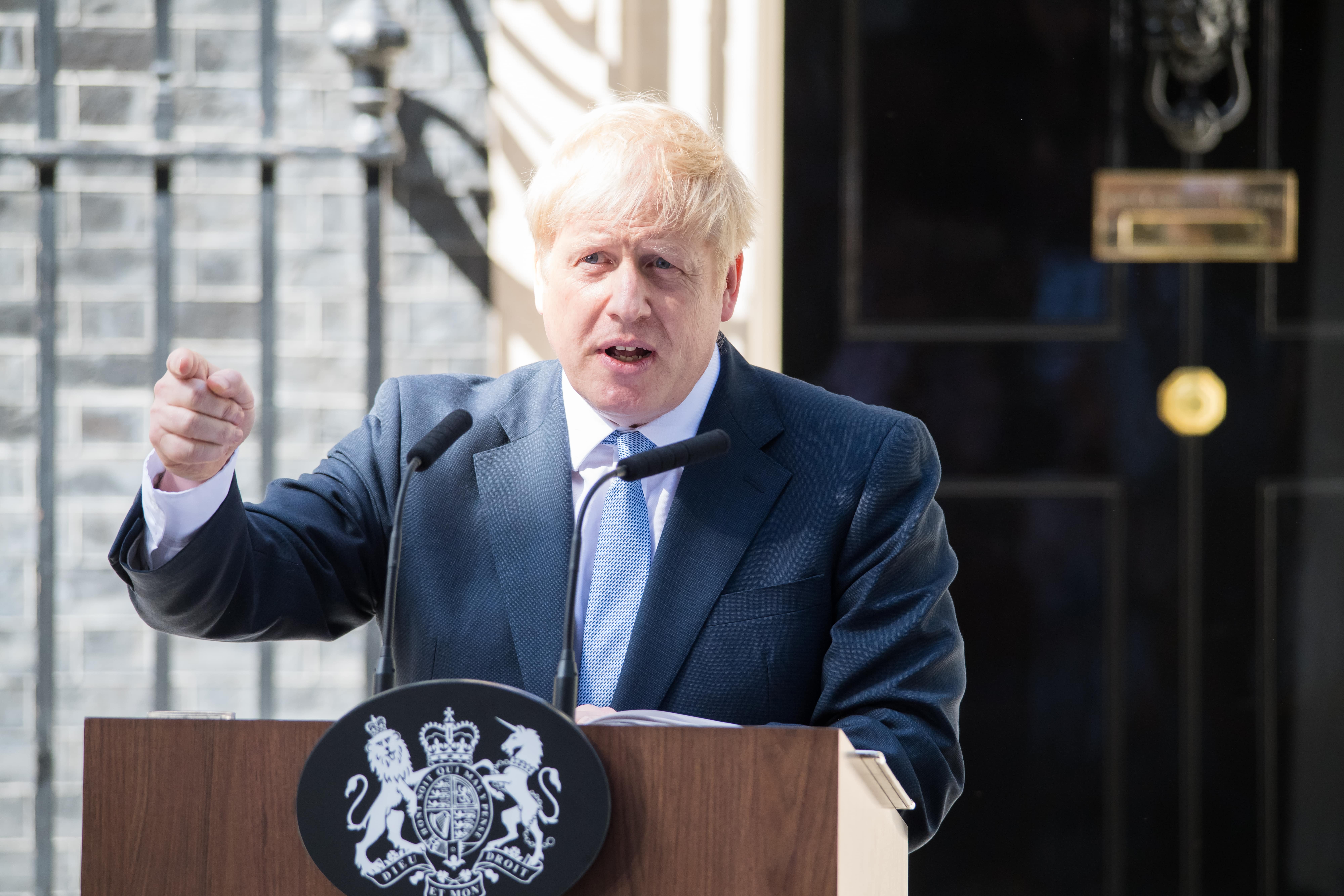Sectors - Civil
UKIS Engage: Build, Build, Build Two Months On

On 30 June 2020, UK Prime Minister Boris Johnson promised the nation he would ‘build, build, build’, saying he wanted to use the crisis caused by the Coronavirus pandemic to tackle the UK’s great unresolved challenges, and to get UK construction moving again, after it had spent 3 months locked down.
With a vision of trying to emulate the New Deal Polices of Franklin D. Roosevelt, Mr Johnson promised some of the most radical reforms to UK the UK planning system since WW2, with an acceleration of infrastructure schemes and increased funding for school buildings and hospital projects.
With a total of £4.43 billon, the value of civil engineering approvals during the three months leading to July was three times higher than that of 2019 and, with major projects totalling £3.6 billion, they were 343% higher than in 2019.
So, with the development pipeline looking healthy, and as we quickly approach the two-month mark since the PM’s speech, what has changed, and what opportunities are arising from the promises that were made?
As part of its support for construction, the UK Government wants to streamline the planning system, reducing unnecessary bureaucracy and speeding up development. Major planning reforms were introduced by the Government at the beginning of August 2020. Under these new rules, land will be designated in one of three categories:
- Growth
- Renewal
- Protection
Robert Jenrick, the Housing Secretary, said: “Land designated for growth with empower development – new homes, hospitals, schools, shops and offices will be allowed automatically.”
This means planning permissions for new housing and hospitals will automatically be granted, which will cut time for developments to proceed to site as well as cutting costs for the developer.
Areas of natural beauty and green belt will also be protected. The Government has insisted that this will allow developments to be built at a faster pace, despite some critics claiming it could lead to bad quality housing.
Boris Johnson also highlighted road projects as a key area of Government investment to get the UK moving again, and in terms of restarting work on site, this has been an area of significant progress in recent months.
According to the latest Glenigan data, road projects during the three months leading to July added up to £971 million, which is an 85% increase on 2019.
Among major road projects currently under way, Balfour Beatty has commenced on-site work at the £355 million A63 Hull improvement project they were working on pre-lockdown. Kier has also commenced on-site work at the new £150 million A585 Windy Harbour to Skippool Bypass.
The Government also gave backing to £282 million worth of improvement to Junction 6 of the M42, in May 2020. This scheme comprises of 2.4km dual carriageway link road between the A45 Clock Interchange and a new junction on the M42, with Skanska being awarded the main contract.
The Government has also committed to some major utilities schemes in recent months, which has boosted the development pipeline massively.
The backing of the £1.8 billion Norfolk Vanguard offshore windfarm has provided a big boost for the sector, and ground investigation works are now on site for a period of four months, though a main contractor is still be appointed.
The Government has also granted approval for Manson Airport during the three months leading to July. The £200 million development comprises of the re-opening of the airport, primarily as a cargo airport with a capacity of at least 12,000 air cargo movements per year. This project is yet to go out to tender.
When looking to the future, there are a number of high-value infrastructure projects that are yet to receive planning permissions, but which are waiting in the wings to commence on-site in the near future.
The £290 million A1 Morpeth to Ellingham dualling project is one of them, having submitted detailed plans, tenders have been returned on the project, with a public consultation due to be held in summer 2020.
Improvements to the A7 from North Tuddenham to Easton is one scheme which could be given the go-ahead in the not so distant future. The £153 million development is yet to be granted approval, but its anticipated to start on-site in June 2022.
Despite still being in its early stages, the Government’s ‘build, build, build’ promise is showing positive signs and is pushing projects through the pipeline, as well as driving activity. Planning changes could take some time to make any real difference, but with a solid pipeline of infrastructure projects the Government is clearly boosting confidence in the sector.
Glenigan is a partner of the UK Infrastructure Show (UKIS), the UK’s leading infrastructure and supply chain event, which explores the latest developments across the sector. This year, UKIS is going online and will be delivered as a live, online interactive event on Wednesday 9 September 2020.
More information on what you can expect from this new digital event experience can be found by visiting the UKIS website here.
If you would like to read more like this, then please click here
Related Articles
Related Articles
- Construction Reforms Must Be Accelerated
5 Nov 21
Government and industry must work together to spur an improvement in construction buying habits if
- Sky is the Limit for Createmaster
3 Nov 21
Createmaster has won the contract to provide all handover information for Sky Studios Elstree, in
- On-Site Sustainability & Innovation Hub Revealed
2 Nov 21
Following on from the launch of the on-site Training Centre at Mercia Park, Winvic Construction





